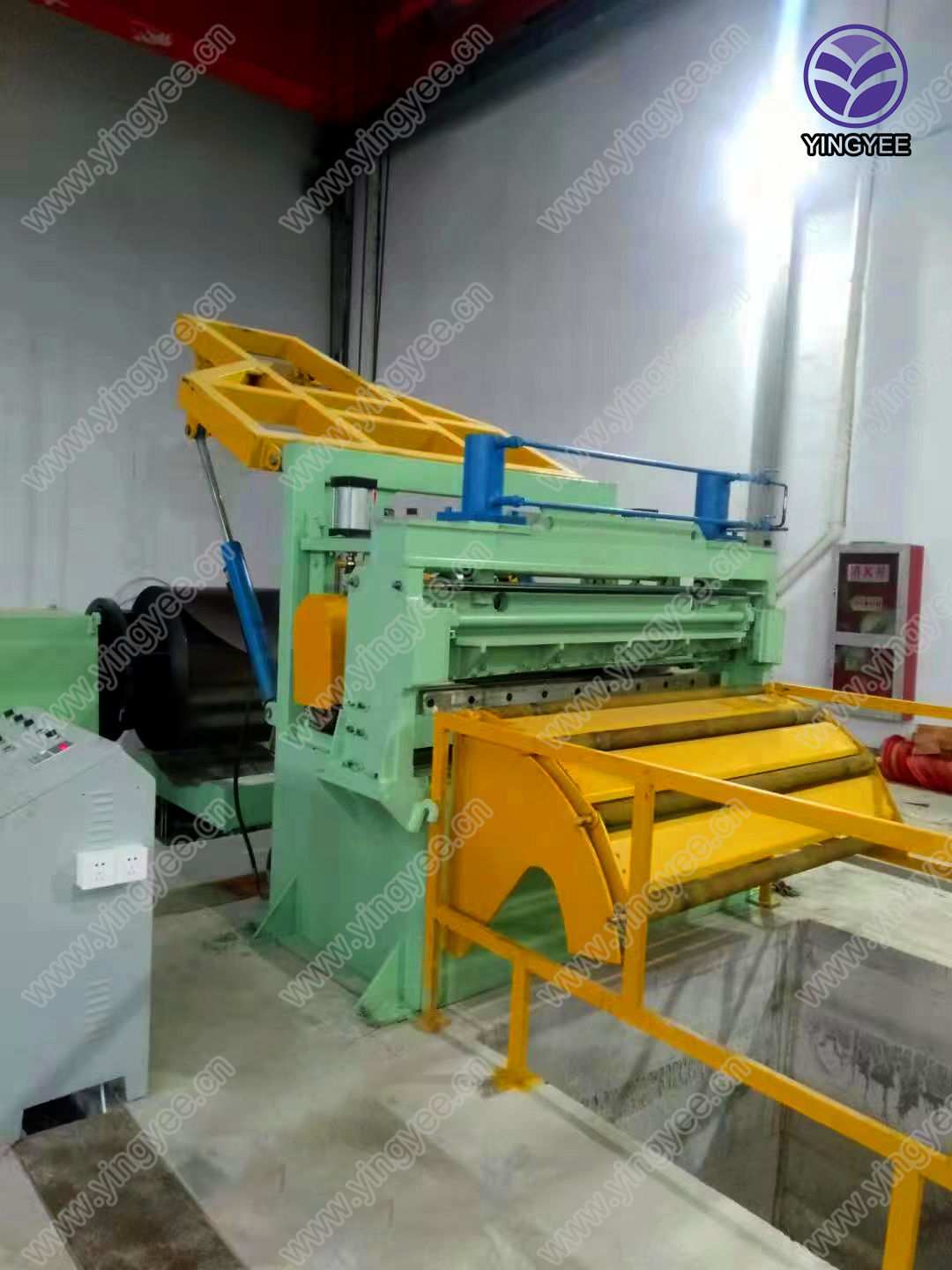
T-Bar and T-Grid Making Roll Forming Machine A Comprehensive Overview
In the realm of modern construction and architecture, the demand for high-quality structural components has surged. Among the essential products designed for structural integrity and aesthetic appeal are T-bars and T-grids. The production of these components is efficiently achieved through the advanced techniques of roll forming, specifically through the use of T-bar and T-grid making roll forming machines.
Understanding T-Bars and T-Grids
T-bars are structural profiles that resemble the letter T, with a horizontal top and a vertical stem. These components are widely used in various applications, including ceiling grids, support structures, and framing. Similarly, T-grids are essential in ceiling systems, where they function as supports for ceiling tiles. Both T-bars and T-grids provide not only structural support but also an aesthetic finish, making them integral to modern architectural designs.
The Role of Roll Forming Machines
Roll forming is a progressive manufacturing process that involves continuously feeding a metal strip through a series of rollers. Each roller gradually shapes the strip into the desired profile. This method is particularly advantageous for producing T-bars and T-grids because it allows for high-precision manufacturing with a consistent output.
A T-bar and T-grid making roll forming machine is specifically engineered to produce these profiles efficiently. The machine consists of several key components
1. Feeding Mechanism This part of the machine ensures that the metal strip is fed into the rollers accurately and at a controlled speed to maintain consistency.
2. Roller Stations The rollers are designed in stages, each performing a specific shaping operation. The exact configuration of the rollers is crucial for achieving the desired profile with the correct dimensions.
3. Cutting System After the metal strip has been shaped into a T-bar or a T-grid, it must be cut to the specified lengths. The cutting system can be integrated into the machine, allowing for efficient production without the need for additional equipment.

4. Control System Modern machines come equipped with advanced control systems, allowing operators to manage the manufacturing process with precision. These systems can monitor speed, alignment, and other parameters to ensure high-quality production.
Advantages of Using T-Bar and T-Grid Making Roll Forming Machines
The implementation of roll forming machines for the production of T-bars and T-grids offers numerous advantages
- Efficiency The continuous nature of the roll forming process enables high-volume production with minimal operational downtime.
- Precision The precise control over dimensions ensures that every piece produced meets stringent quality standards, which is vital in construction applications.
- Material Utilization Roll forming minimizes waste by utilizing almost the entire strip of material, making it a cost-effective manufacturing method.
- Versatility T-bar and T-grid making machines can be designed to accommodate various materials, such as steel, aluminum, or other alloys, providing flexibility for manufacturers depending on project requirements.
Conclusion
The T-bar and T-grid making roll forming machine is an essential tool in the construction and architectural industries, supporting the efficient production of vital structural components. With its ability to deliver high precision, low waste, and adaptability to various materials, this machine stands at the forefront of modern manufacturing technology. As the industry continues to innovate and evolve, the role played by such machinery will undoubtedly become even more pivotal in meeting the growing demands of contemporary construction projects. Ultimately, investing in state-of-the-art roll forming machines can significantly enhance productivity and quality, establishing a competitive edge in the increasingly demanding market.